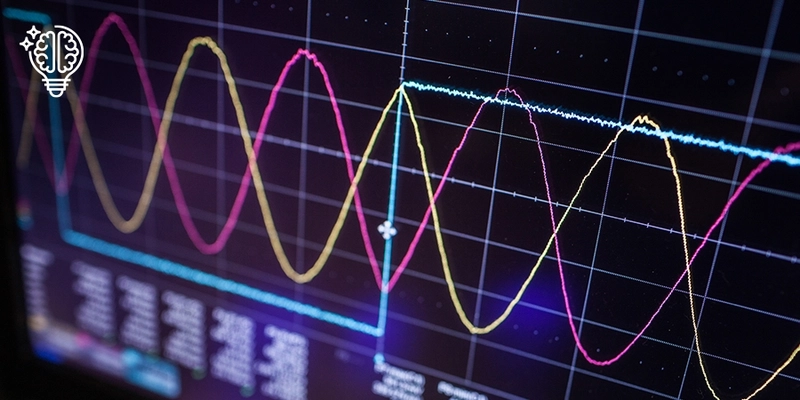
They may inspire a sense of wonder and mystery, but oscilloscopes are fascinating and not that complicated once you get to know them
If you're just starting out with prototyping, you're probably going to want a decent DMM and versatile hobbyist soldering iron before forking out for an oscilloscope. But especially when you can get a slimline USB model at a very affordable price, you might soon decide to discover how valuable this seemingly ambitious hardware actually is.
What does an oscilloscope actually do?
That intriguing wave you might see on an oscilloscope screen is simply a graph of changes in voltage, mapped in real time. So anything that produces variations in voltage – from a sound amplifier to a 555 timer – can be visualised using an oscilloscope, sometimes abbreviated o-scope.
How do you use one?
The oscilloscope has probes for taking a reading from whatever you're testing, and controls for adjusting the horizontal and vertical parameters of the wave it's displaying. You can adjust: both zooming in on how wide or tall the waveform is shown, and how high or low, or how far left or right, the trace is positioned on the screen.
There is also a trigger control to lock onto the frequency of the wave and keep it stationary in the display. On a self-contained o-scope, these are physical controls on the unit, while USB models have virtual controls shown on the monitor of the computer it's connected to. Oscilloscopes often have more than one channel, allowing you to compare different voltage fluctuations.
What would you actually use it for?
Once you discover the possibilities of your oscilloscope, you'll be testing everything you can think of with it. Popular uses include:
‣ Detecting the presence and levels of noise in a circuit
‣ Checking duty cycle details in a circuit that uses PWM (pulse width modulation)
‣ Measuring rise time/fall time, or how long it takes for voltage to go from zero to nominal
‣ Precisely measuring voltage, and showing any fluctuations
‣ Calculating mean or average voltage with greater accuracy than a DMM
‣ Automotive servicing, such as checking ECU (engine control unit) outputs
For more maker inspiration, have a look at our diverse library of electronic projects.

